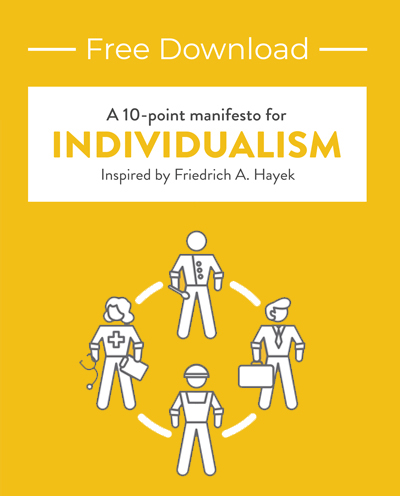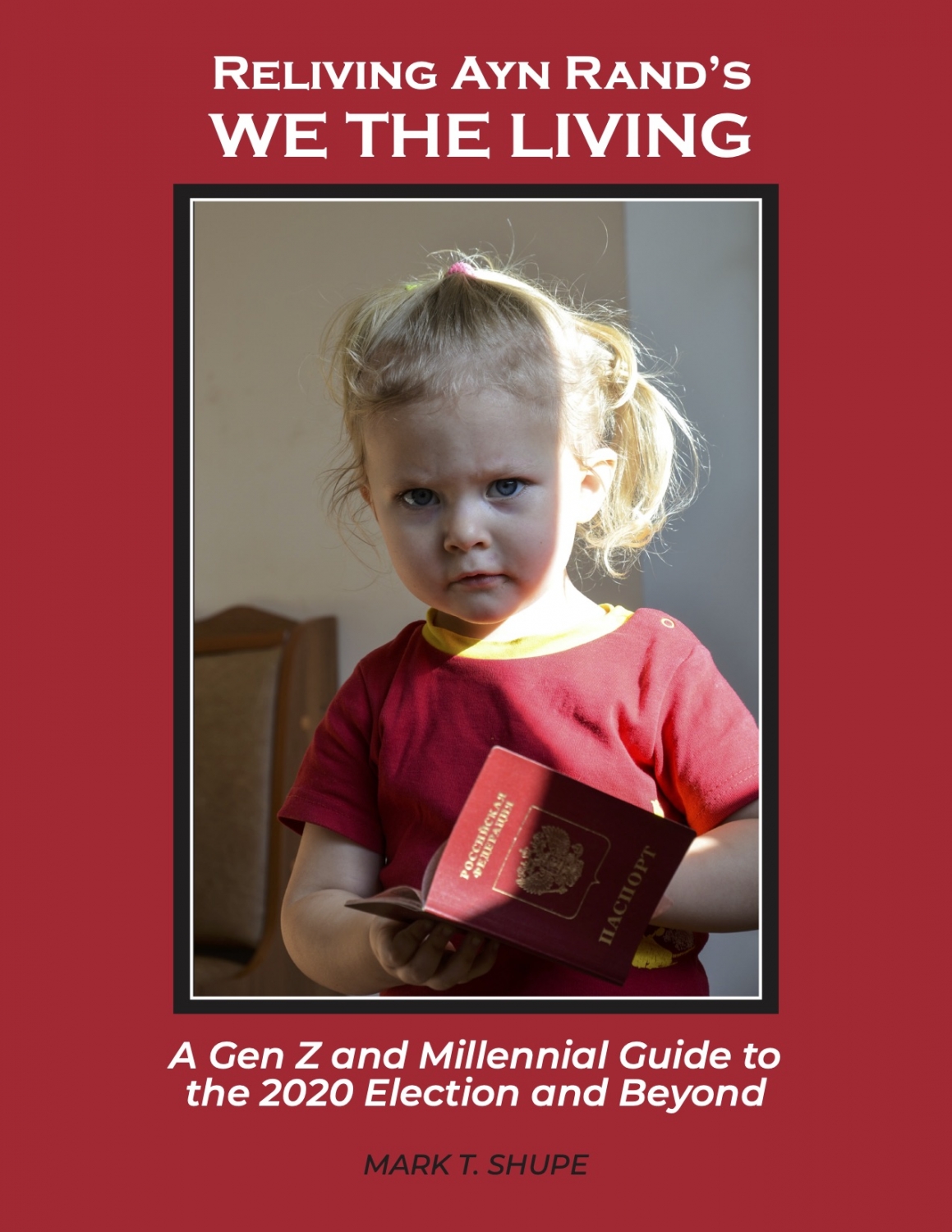Senseless And Counterproductive: Inspirational Latino Entrepreneur “Cancelled” By AOC And The Twitter Left.
It’s come to this: They want to cancel black beans.
The target is Goya Foods, America’s largest Hispanic-owned food company. Within hours after its CEO, Bob Unanue, said at a Rose Garden event that America was “blessed” to have “a leader like President Trump who is a builder,” #BoycottGoya started trending onTwitter. Naturally Rep. Alexandria Ocasio-Cortez (D., N.Y.) jumped out in front.
“Oh look, it’s the sound of me Googling ‘how to make your own adobo,’ ” the Queens congresswoman tweeted. That’s a popular Goya seasoning she wants people to go without. But Goya’s CEO isn’t backing down. When asked the next day on Fox News if he’d apologize, Mr. Unanue was succinct: “Hell no.”
It’s easy to point out how senseless and counterproductive this boycott is. Founded in 1936 by Mr. Unanue’s Spanish immigrant grandparents, the company is a living example of the American Dream. Mr. Unanue was at the Trump White House in the hope his company’s story will inspire other Latino entrepreneurs. He points out that he visited the White House for a similar celebration in 2011, when Barack Obama saluted him. He was also praised by Michelle Obama for Goya’s big role in her healthy-food initiative.
None of it matters to AOC and her comrades. In the same way it is futile to try to persuade mobs tearing down statues to distinguish between Robert E. Lee and Ulysses S. Grant, the progressives targeting Goya aren’t interested in facts or debate. They aren’t interested because they don’t build, they only tear down. Goya now has their attention not because a boycott will improve life for anyone but because it feeds their celebrity and self-righteousness.
Consider Ms. Ocasio-Cortez. Her defeat in 2018 of a longtime Democratic Rep. Joseph Crowley was a political upset. But her chief contribution to her constituents since then is that she was instrumental in killing a deal in which Amazon would have opened a second headquarters in her district. Her efforts cost her constituents 25,000 jobs, billions in lost tax revenue and the knock-on effects to the rest of the local economy. A successful Goya boycott would have similar destructive consequences.
Ms. Ocasio-Cortez’s example speaks to the priorities of the modern progressive. She has 7.6 million followers on Twitter and has inspired an action figure, a comic-book anthology and a recurring role in Showtime’s animated comedy “Our Cartoon President.” When she deigns to talk policy, she favors multibillion-dollar pie-in-the-sky ideas, from the Green New Deal to Medicare for All and tuition-free college.
In this she has plenty of progressive company. In Seattle, a group of self-styled liberators, complete with their own armed security forces, occupied several blocks near the Capitol Hill district. Mayor Jenny Durkan said “we could have the summer of love.”
The reality was two murders in the so-called CHOP over 10 days, and several more people shot. A 19-year-old African-American man died when paramedics couldn’t get through because they were turned away by protesters. Ms. Durkan’s police chief complained that the cops were unable to respond to emergency calls reporting “rapes, robberies and all sorts of violent acts.” How did Mayor Durkan think this would turn out?
Or look at New York. Legend holds that Nero fiddled while Rome burned. He has nothing on Bill de Blasio. With shootings and murders rising to levels not seen in years, the mayor opted for performance art: Last Thursday, Mr. de Blasio’s answer to the city’s problems was to help paint BLACK LIVES MATTER in huge letters in front of Trump Tower’s Fifth Avenue entrance.
Never mind keeping citizens safe, ensuring the public schools provide a good education, making your city more attractive for jobs and investment. These kind of concrete concerns are deemed too pedestrian (or perhaps too hard) by today’s progressives.
They’re not even that good at radicalism. Remember, the subtitle for Saul Alinsky’s “Rules for Radicals” was “A Practical Primer for Realistic Radicals.” He warned about overreaching, noting that unless targets are narrowly selected, boycotts will probably fail as people tire of them and drift back to their old ways of shopping. In particular, he warned boycott organizers to “carefully avoid essentials such as meat, milk, bread, or basic vegetables, since even selective buying weakens after a period of time as the opponent cuts his prices below his competitors.”
So what do AOC and her fellow progressives choose? To boycott all 2,500 products of a beloved food brand that reminds people of their grandmothers’ kitchens. As a result, for every #Goyaway or #BoycottGoya tweet there now appears to be a rival #BuyGoya tweet from those purchasing more Goya’s products.
Goya is lucky. Lucky that in Bob Unanue it has a CEO who understands what a paper tiger the cancel culture really is when leaders stand up to it. And lucky too that the woke politicians pushing this boycott are more obsessed with theater than a practical progressive agenda that might leave something good behind.
This article first appeared at wsj.com.














